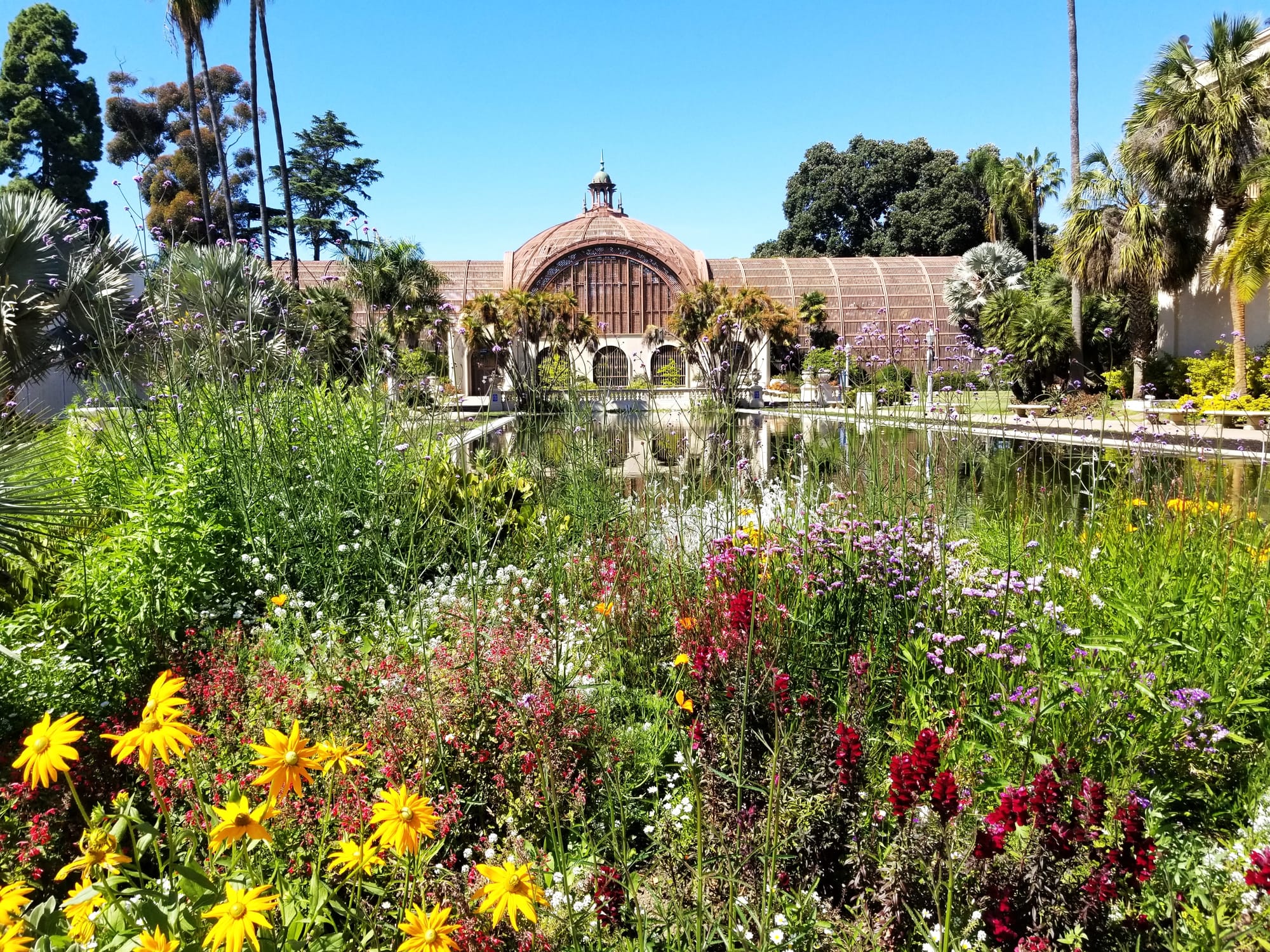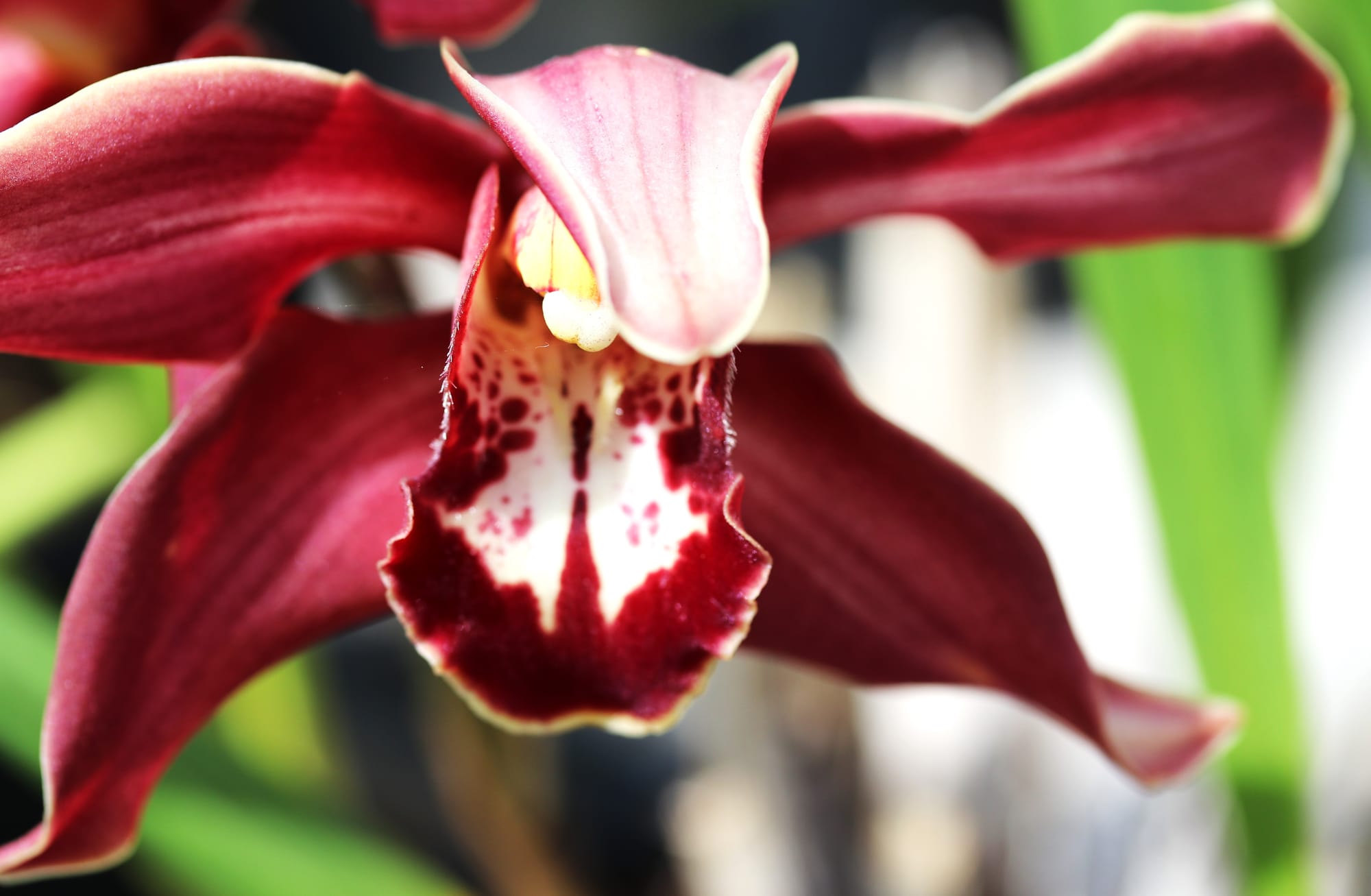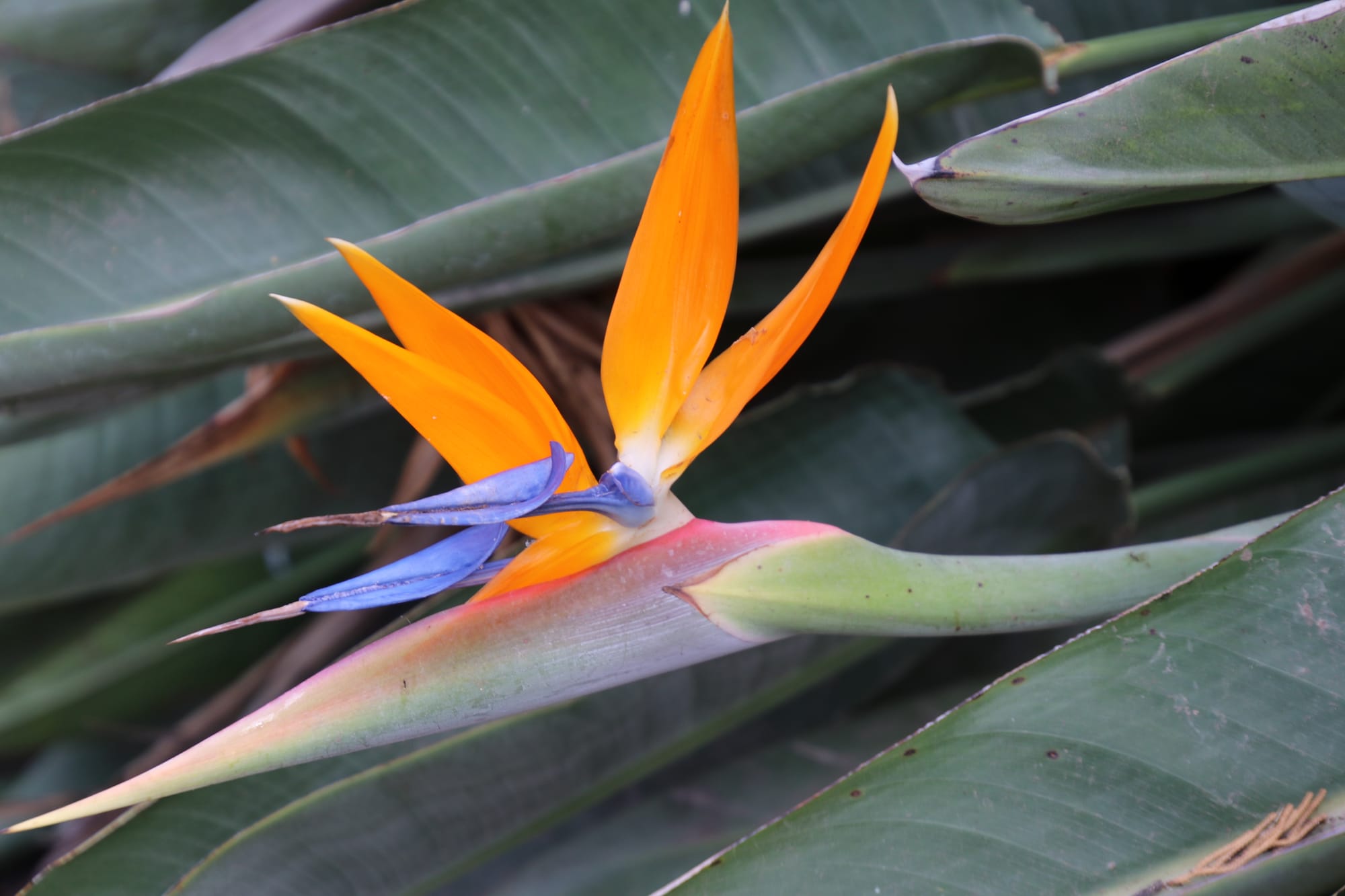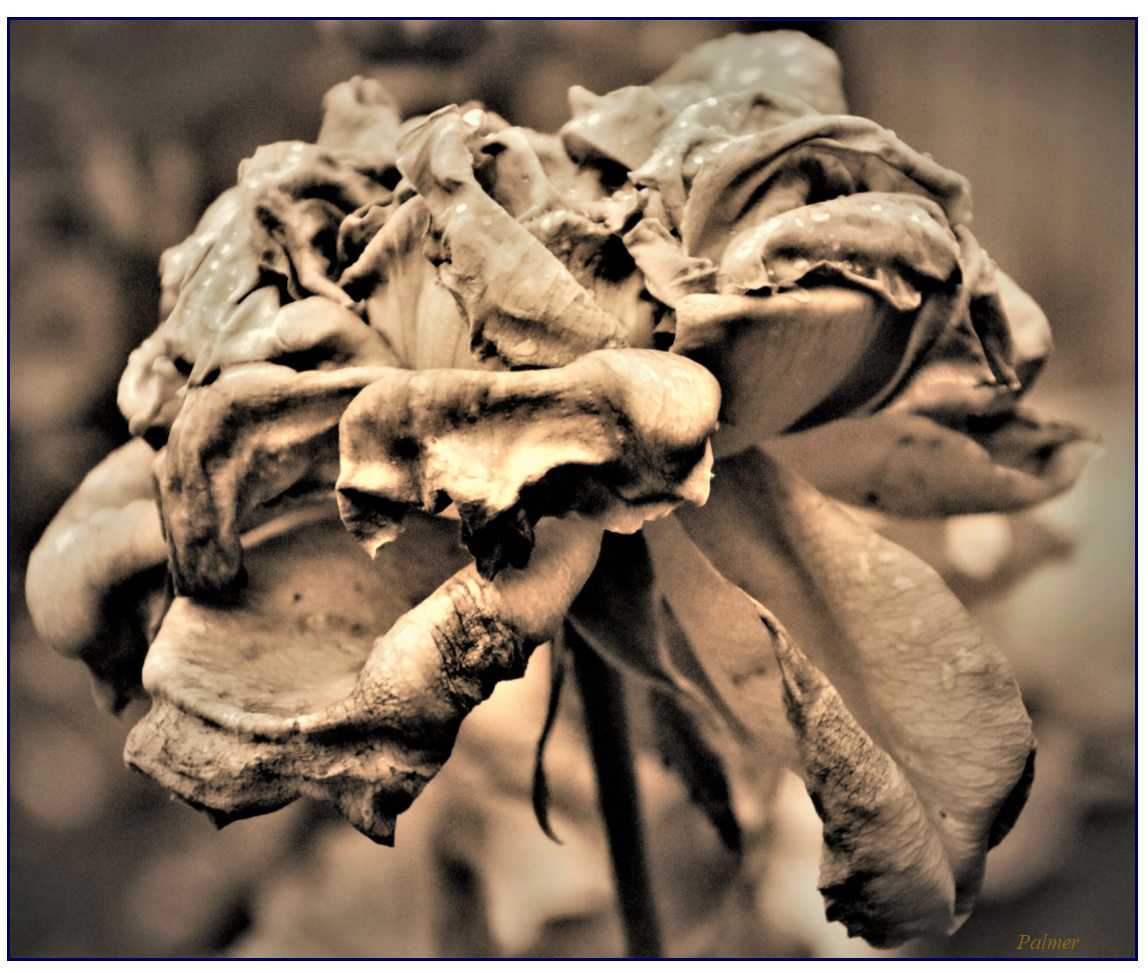The Botanical Building of Balboa Park: Reflections

On Thursdays, the building would remain closed to the throngs of visitors who, on other days of the week, would press through its doors, glance at its many splendors, and depart quickly for lunch. Most tourist activity would unfold in desultory slumber, as the crowds wandered and stared at their phones. As a park ranger, I would sometimes lead them on walking tours and mention highlights of the building's history, interpreting seasonal exhibits along the way. As I recall, winter poinsettias and lilies of the spring were always quite popular. Overall, I remember the space as an expression of material history, a reflection of days gone by.
Historian Richard Amero remains one of the foremost experts on the subject, from whom we learn:
Alfred D. Robinson (1867-1942), founder and president of the San Diego Floral Society, suggested the construction of a lath house as a feature of the Panama-California Exposition, which was to open in the City of San Diego on January 1, 1915. The idea was not part of plans prepared by landscape architect John C. Olmsted and architect Bertram Goodhue, primary designers of the Exposition as it was first envisioned. However, the idea caught on. Olmsted and San Diego architect Irving Gill, who was supposed to assist Goodhue, expressed their approval. (1)

Ornate Instances
The wooden construction speaks to the previous century. Workmanship of the past is always a powerful reminder, jarring us from the stupor of electronic interactions, calling the future into question. Why do we no longer build practical structures in the shape of elaborate designs? Will we ever do so again? Ornate instances from the past, although cherished, seem of little use today, too expensive according to some or, simply, beyond the reach of sustainable building practices, according to others. In any event, their time appears to be over. However, we can look to the glories of modern architecture--the Guggenheim museums, the built work of Louis Kahn, the Glass House of Philip Johnson--and hope for the continuation of creativity, even as beauty recedes from our cities and suburbs.
Even now, ornate instances from yesterday endure, whispering to the present, peeking out from the shadows of "progress."
A Walk Through the Past
Looking back, I recall how beautiful our botanical building felt during the slow moments, apart from crowds and noises of the day. Such intervals reminded me of the structure's essence and what it offered to generations of visitors. Beneath towering slats of redwood, the atmosphere was rich, segments of light connecting one plant to another, as if by a painter's stroke. With this in mind, I would watch, day after day, as children ran joyfully through shadows and tour groups jostled for pictures. This is how I remember the space, not only as a patrol destination but as a place to reflect on the meaning of greenspaces.
On Thursdays, the building was closed for scheduled maintenance, and I would enjoy the stillness, always a bit uneasy about the absence of crowds. Garden spaces cry out for human interaction and always seem a bit sad in the hours of inactivity. Each Thursday, I would reflect on this as I conducted my patrol, checking here and there in darkened corners, shaking doorknobs to ensure they were locked, and marveling at the beauty before me. Indeed, the fragrance of cultivated plants and flowers was all I needed for quick refreshment. And I was not alone in this, as many of our visitors felt the same way.
Orchids for the Blind

On a few occasions, I would lead visitors from the Blind Community Center through the orchid exhibits, describing the flowers and their majesty of curves and colors in detail, as the elements of a story. The center's liaison encouraged me to do so, as their clients enjoyed remembering the visual world, and the program was a wonderful success. Yet, I rarely mentioned the details of the building itself which, sadly, I often overlooked during tours, as if only the plants deserved our attention. Greenery, so vibrant and mysterious with its various shades and textures, easily overshadows the built environment. Here, we should take a moment to acknowledge Kate Sessions, a key historical figure of the region, whose horticultural work defined the park.
Kate Sessions, who had a strong interest in plants even as a child, is best known as the “Mother of Balboa Park” but it might be more accurate to designate her as the female “Johnny Appleseed” of San Diego. Her botanical legacy is abundant within the park. She was instrumental in the planning and planting of Palm Canyon and the Aloe and Agave Garden. But the plants and trees she introduced to the area are now found all over San Diego and beyond. (2)
Although we now understand the dangers of introducing non-native species into a habitat, we appreciate Sessions for her vision. Indeed, the splendors of the Botanical Building, and the rich variety of its specimens, attest to her determination. She was one of many colorful figures from the period in question.
Landscapes of Time
How quickly the hours expire.
On my last patrol of the structure, as I prepared for the adventures of retirement, I surveyed things, checked the doors to make certain they were locked, and then departed, never to return. It was a strange and beautiful occasion. As I approached my truck, I paused for a moment and considered the many decades of history before me, the vast landscapes of time contained within its spaces. On many levels, the building presides as a silent witness, a repository of secrets. I wondered about the many people who passed through these spaces, perhaps only once, but long enough to leave the impression of their lives. Balboa Park is indeed a collection of human narratives, people at their best and worst, a social history experiment which has yet to conclude.
And what does the future hold?
Will the City of San Diego conduct the necessary repairs to preserve its lovely botanical building? Will the structure grace future generations with the same pleasures it granted all of us? As we know, the landscapes of time are relentless, consuming even the most elegant lives and noble structures of our civilization– more quickly than we care to imagine.


References:
(1) Richard Amero. "The Highs and Lows of the Botanical Building in Balboa Park" (San Diego History Center Archives: https://sandiegohistory.org/archives/amero/botanical/)
(2) Margi Dykens. "Kate Sessions: A Legendary San Diego Icon" (San Diego Natural History Musuem: https://www.sdnhm.org/blog/blog_details/kate-sessions-a-legendary-san-diego-icon/99/)